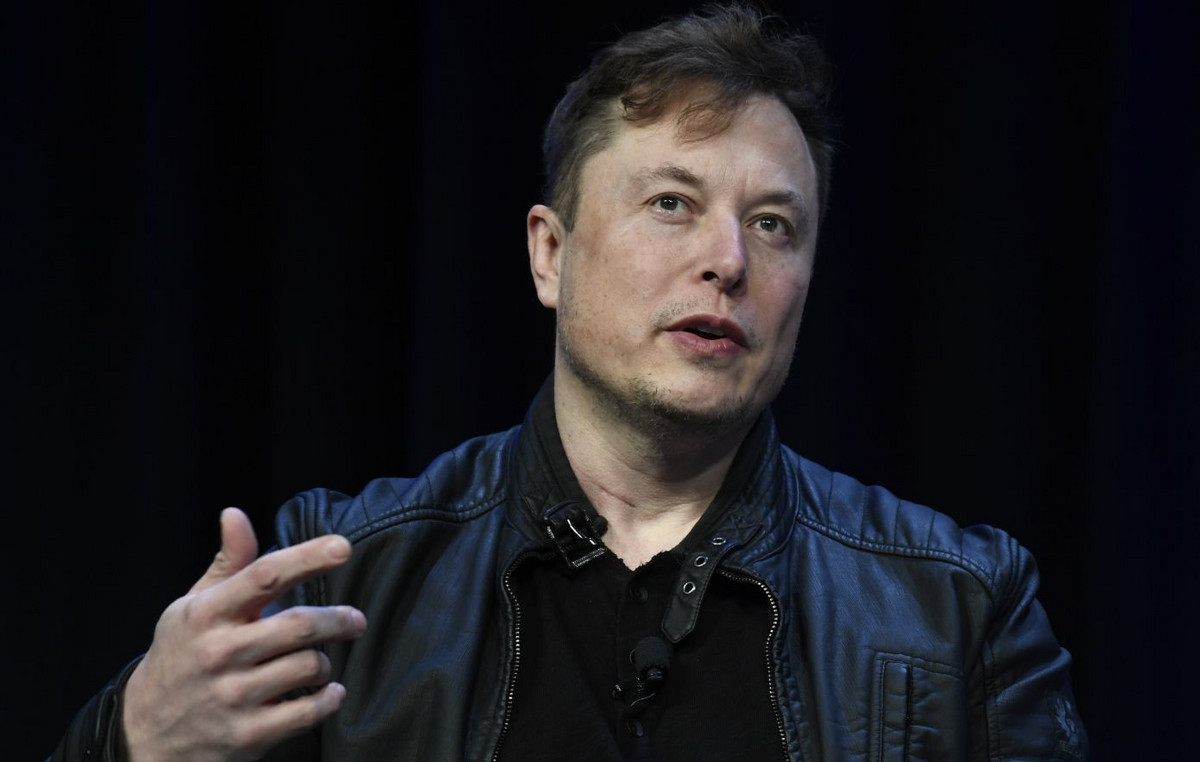Greeks scientists of the US diaspora have developed a new technique that makes it possible to predict extreme and rare events in society and nature, such as a pandemic, an unexpected giant wave at sea or the sudden collapse of a large bridge, even if there is insufficient historical data. The “smart” method, which bypasses the need for a large amount of previous data, is a combination of sophisticated system artificial intelligence (machine learning) with special techniques sampling.
Professors of mechanical engineering and ocean science Themistocles Sapsis of the Massachusetts Institute of Technology (MIT) and applied mathematics and engineering Giorgos Karniadakis of Brown University, Rhode Island, together with two American colleagues, made the relevant publication in the computational science journal “Nature Computational Science ».
The scientists combined ptatistic algorithms (which need less data to make accurate and effective predictions) with a powerful machine learning technique called DeepOnet developed in 2019 at Brown by Karniadakis and now “trained” to predict scenarios, probabilities and sometimes the timing of rare events , despite the lack of relevant historical records.
The prediction future disasters from extreme events (earthquakes, pandemics, giant waves, etc.) is terribly difficult, often because some such events are so rare that there is not enough data to use them forecasting models, so as to predict what and when something similar might happen in the future. New study attempts to provide a solution to this problem by emphasizing the quality rather than the quantity of data already available.
“It must be realized that these are contemplative events. The outbreak of one pandemic like the covid-19, an environmental disaster like the one in the Gulf of Mexico, an earthquake, the huge ones fires in California, a 30m wave capsizing a ship – these are all rare events, and because they are rare, they don’t have much historical record. The question we are addressing in our study is: What is the best possible data we can use to minimize the amount of data we need,” said Karniadakis.
The researchers they used the sampling technique called active learning and involves statisticians algorithms. These are combined with the computational model DeepOnet, a type of artificial neural network that mimics the neurons of the human brain. It is more powerful than standard artificial neural networks because it is actually made up of two separate networks that process data in parallel. This allows giant sets of data and scenarios to be analyzed with lightning speed and similar probabilities arise. When this capability is combined with the intelligent statistical algorithms of active learning, then DeepOnet can make predictions of catastrophic events, even when it does not have a lot of data to process.
“The key is not to take all the data possible and feed it into the system, but to look in advance for events that will signal rare events. We may not have many examples of the actual event, but they may have their precursor events. Through mathematics we identify them and these, together with real events, will help us train this data-hungry DeepOnet system,” said Karniadakis.
In this way, the researchers calculated various possibilities for future outbreaks of a pandemic, or for the appearance out of nowhere of a massive wave twice to three times the size of neighboring waves. The researchers reported that their new method outperforms most existing forecasting models and believe it can be leveraged to predict all kinds of rare events. Karniadakis is already working with environmental scientists to use the new technique in forecasting climate events, such as hurricanesbroadcasts the APE-MPE.
Both T.Sapsis and G.Karniadakis are graduates of the School of Mechanical Engineering of the NTUA, with a PhD from MIT. Sapsis is, among other things, the holder of the 2021 Bodosakis scientific award.
Source: News Beast
Bruce Belcher is a seasoned author with over 5 years of experience in world news. He writes for online news websites and provides in-depth analysis on the world stock market. Bruce is known for his insightful perspectives and commitment to keeping the public informed.







